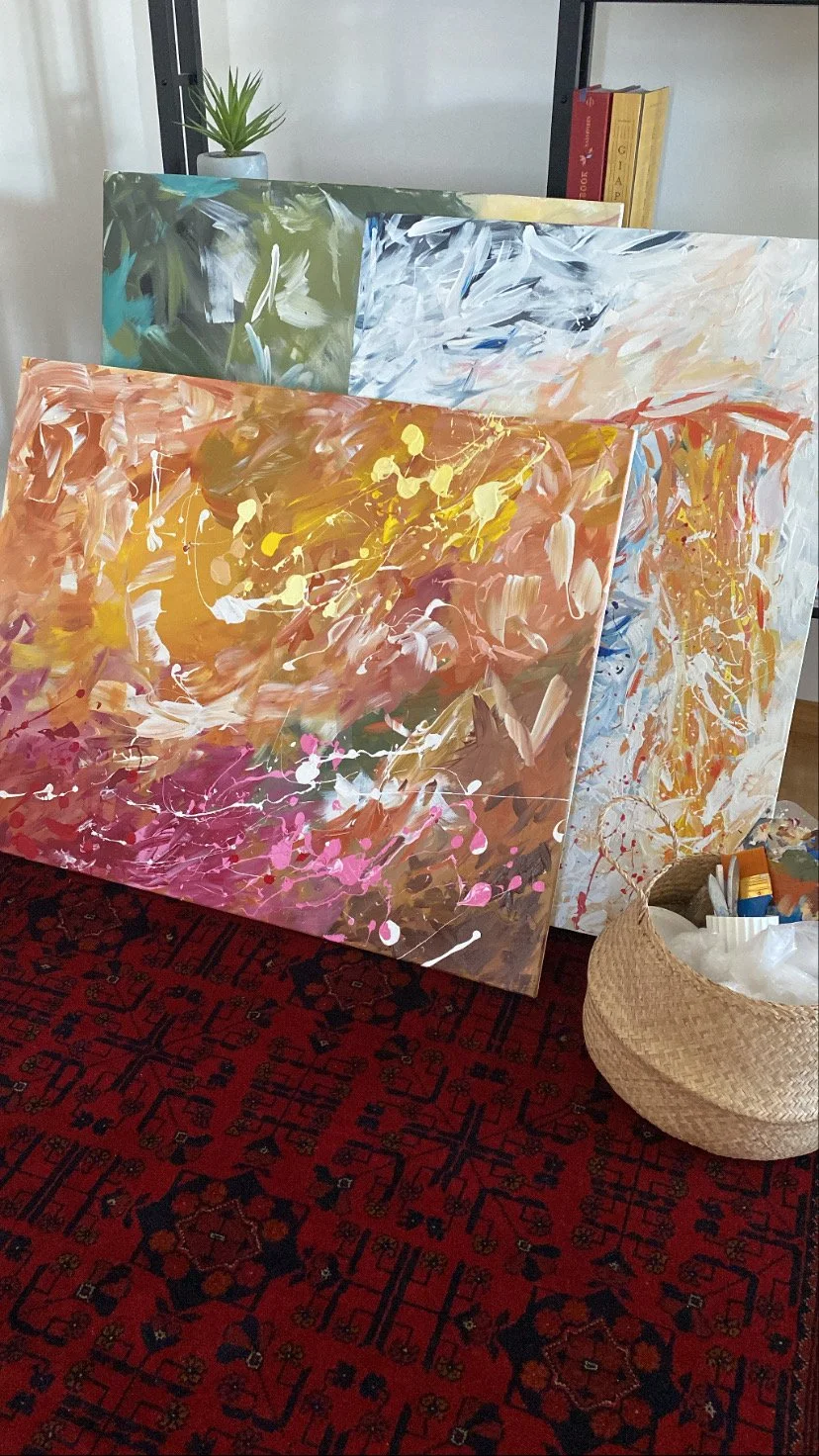Framing Guide
Framing your print is the final step in bringing your artwork to life. You can absolutely do it yourself with a little care or, if you’d rather leave it to the pros, your local framer will be happy to help you find the perfect fit.
1. Understanding Print Sizes & Borders
All prints come with a slim white border around the artwork. This isn’t just blank space it’s part of the design. The border creates breathing room between the image and the frame, while also giving space for the title and signature.
Here are the overall sizes (including the border) and the internal artwork sizes:
Standard Prints:
A4 – Print: 21 × 29.7 cm (8.3 × 11.7 in) | Image: 17.9 × 25.3 cm (7.05 × 9.96 in)
A3 – Print: 29.7 × 42 cm (11.7 × 16.5 in) | Image: 25.7 × 35.9 cm (10.12 × 14.13 in)
A2 – Print: 42 × 59.4 cm (16.5 × 23.4 in) | Image: 36.8 × 50.8 cm (14.5 × 20 in)
A1 – Print: 59.4 × 84.1 cm (23.4 × 33.1 in) | Image: 51 × 71 cm (20.08 × 27.95 in)
Acrylic Painting Prints:
20 × 24 in (50.8 × 61 cm) | Image: 21.5 × 18 in (54.6 × 45.7 cm)
30 × 24 in (76.2 × 61 cm) | Image: 27 × 21 in (68.6 × 53.3 cm)
36 × 48 in (91.4 × 121.9 cm) | Image: 31 × 44 in (78.7 × 111.8 cm)
2. Choosing the Right Frame
You’ve got two main ways to frame your print:
No Mount (Exact Fit): Pick a frame the same size as the print. The white border will act like a clean, built-in mount minimal and modern.
With Mount: Choose a frame one size larger than the print (e.g. an A2 frame for an A3 print). Add a mount cut to the print’s size for extra depth and emphasis.
3. Frame Materials & Styles
Frames should suit both the artwork and your space. A few popular choices:
Wood: Classic and warm. Natural finishes are timeless, while painted frames (black, white, colour) make a stronger statement.
Metal: Sleek and contemporary, perfect for a minimalist look.
Acrylic: Lightweight, modern, and casual.
Tip: If in doubt, stick to neutral tones like black, white, or natural wood. They’ll work with almost anything.
4. Glazing: Glass vs. Acrylic
The glazing (protective cover) is key to keeping your print safe.
Glass: Traditional, clear, and scratch-resistant. Heavier and more fragile, best for smaller works.
Acrylic: Lightweight, shatter-proof, and usually more affordable. It often includes UV protection too—great for large prints like A1.
5. Putting It All Together
Once your frame is ready, it’s time to assemble:
Clean the glazing (both sides) with a soft cloth so no dust gets trapped.
Position the print inside, making sure it’s centred (and aligned with the mount if you’re using one).
Secure the backing carefully so you don’t crease the border or damage the print.
6. Hanging Tips
Where and how you hang your print makes a big difference:
Eye level: Aim to have the centre of the artwork about 145–152 cm (57–60 in) from the floor.
Gallery wall: If hanging multiple prints, keep spacing consistent (about 5–10 cm / 2–4 in) for a balanced look.
